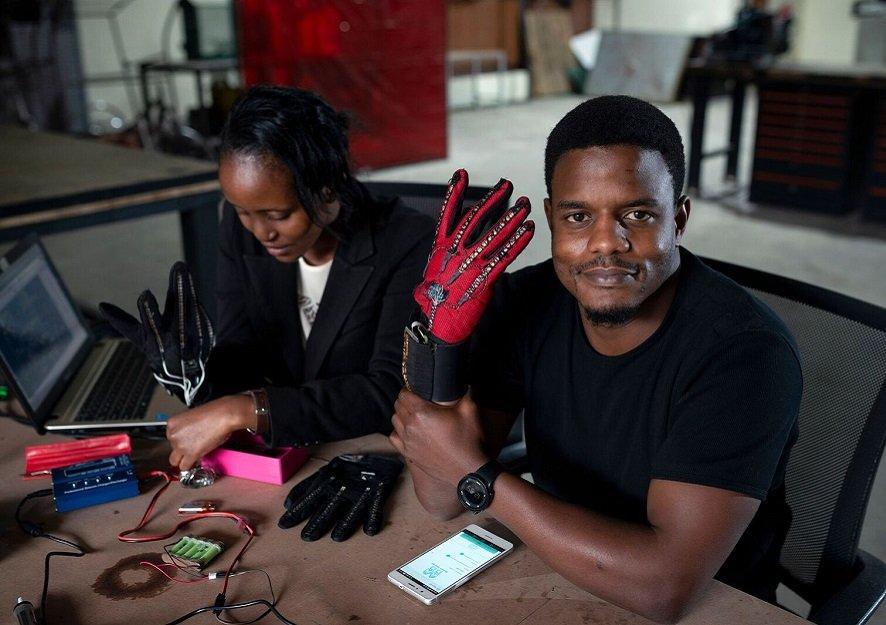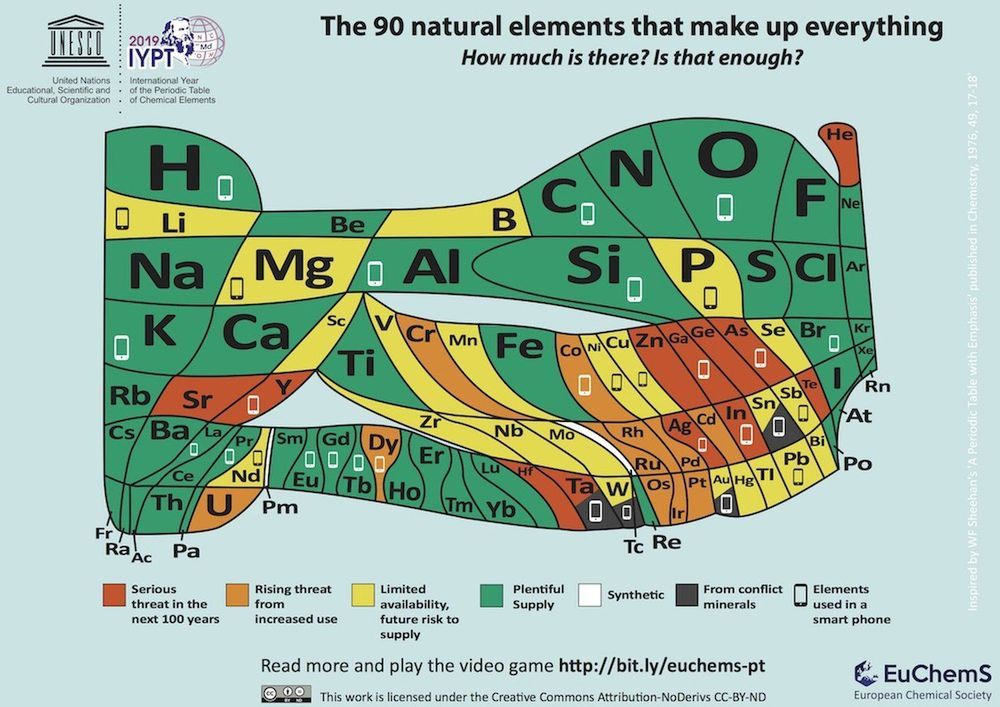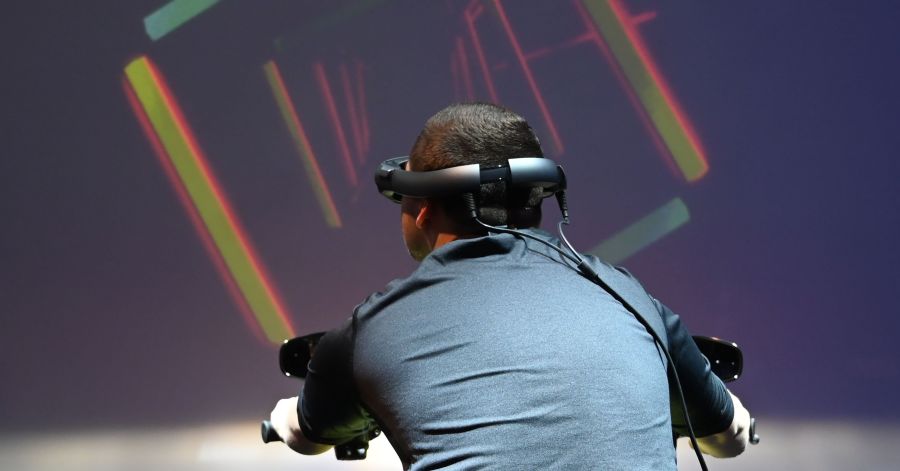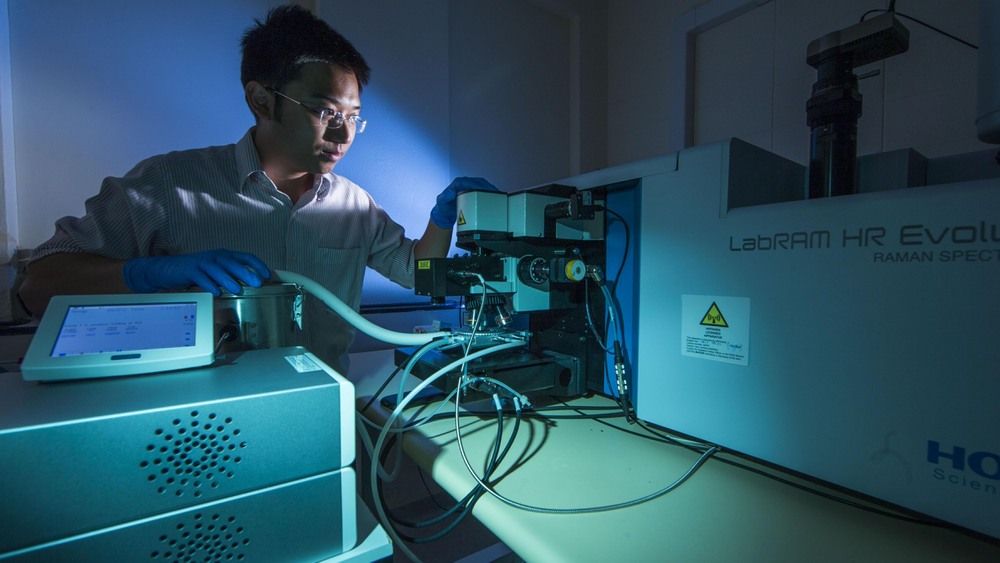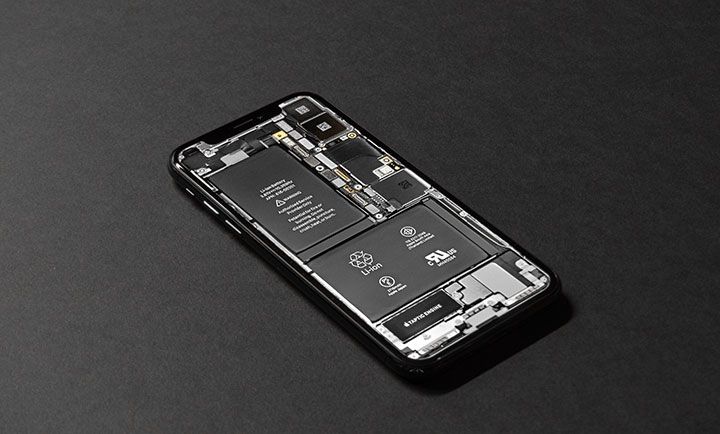Photo: Roy Allela
Twenty-five-year-old Kenyan engineer and innovator, Roy Allela, has created a set of gloves that will ultimately allow better communication between those who are deaf and those who are hearing yet may not necessarily know sign language. The Sign-IO gloves in essence translate signed hand movements into audible speech.
Allela’s gloves feature sensors located on each finger that detect the positioning of each finger, including how much each finger will bend into a given position. The glove connects via Bluetooth to an Android phone which then will leverage use the text-to-speech function to provide translated speech to the hand gestures of a person signing.
